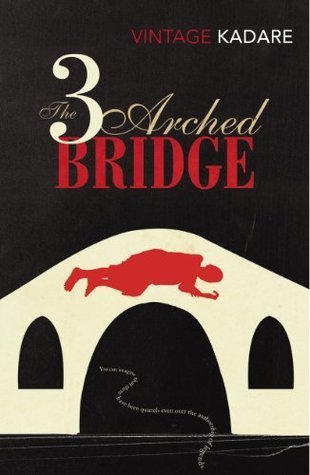What do you think?
Rate this book


176 pages, Paperback
First published January 1, 1978
"I, the monk Gjon, sonne of Gjorg Ukcama, who hath finished this knowynge that ther is no thynge wrytene in owre tonge about the Brigge of the Ujana e Keqe and the euil whyche is upon us, and for the love of owre worlde."